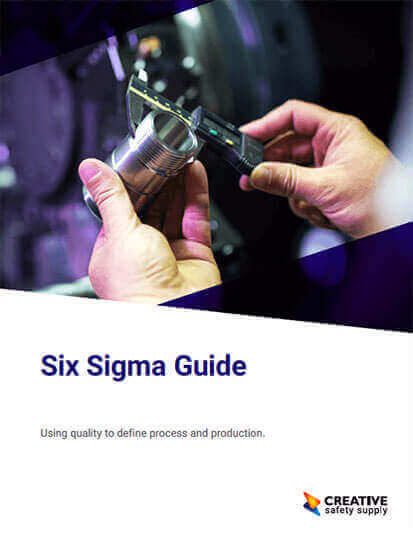
In law, a quorum is the minimum number of members of a deliberative body necessary to conduct the business of that group. In this case, an example of a quorum is the entire jury present in a court room for the purpose of attending to a court case. However, in a business or manufacturing industry setting, a quorum can be defined as the number of people required to be present at a board meeting or something similar at any given time. Basically, this is a majority of the people expected to be there, although bodies or businesses may have a lower or higher quorum.

To better understand the concept of a quorum, consider the following example: A company who employs over 150 people has a hierarchy of employees. This company also has a management hierarchy in place and every member of management has a say in running the organization or process plan. However, this means each member of the management group’s vote counts towards whatever decision the company makes. For instance, if a change needs to be made to a manufacturing process, each member of this group has to be present in the meeting to make the final decision, and each member must have voted in one way or another. This also means that if a significant number of members of this group choose not to be present for the “vote for change”, the vote will fail to be effective due to lack of quorum, and the status quo or present situation will remain.
This basic example of a quorum means no decision has been made to make any changes to the company - be it their management style, their manufacturing process, their present location, proposal for further expansion, etc. These decisions cannot be made without each required member casting his or her vote. In some cases, the voters may not be the management but the stock holders of the company.
So in a business and manufacturing process setting, how can a company use quorum to improve its productivity? To answer this, compare two companies: in one, every member of its staff is part of its quorum and allows them to contribute to discussions regarding certain situations affecting the company. In the other, very few members are part of the quorum and decisions are made by a select few. Which one of these companies do you think will be most productive and profitable? The company which has every staff member contributing will be more productive. This is because when staff members feel that their contribution to the company’s development matters, they tend to put in more effort to ensure the stability and productivity of the company.
In addition, having a quorum that includes every staff member instead of just management has been proven to be very effective when brainstorming new ideas for product development, process improvement, etc.
Additional Quorum facts:
- A quorum is the minimum number of members of a group necessary to constitute the group at a meeting. In a deliberative assembly (a body that uses parliamentary procedure, such as a legislature), a quorum is necessary to conduct the business of that group. Source: https://en.wikipedia.org/wiki/Quorum
- The word quorum comes from Latin, meaning “of whom”. It was originally used in the wording of the commissions granting power to justices of the peace in England. Later, it became an English noun referring to the number of justices of the peace who had to be present to constitute a legally sufficient bench. Source: https://www.merriam-webster.com/dictionary/quorum
- The quorum required for a meeting varies depending on the type of organization, the rules of order, and the by-laws of the group. Some common examples of quorum are: a simple majority of members, a fixed number of members, a percentage of the total membership, or a percentage of the voting membership. Source: https://www.investopedia.com/terms/q/quorum.asp
- If a quorum is not met during a meeting, the existing attendees are still allowed to conduct certain actions according to Robert’s Rules of Order. These actions include: adjourning the meeting, recessing the meeting, fixing the time to adjourn, taking measures to obtain a quorum, and dispensing with the reading of the minutes. Source: https://www.ulm.edu/staffsenate/documents/roberts-rules-of-order.pdf
Similar Glossary Terms
- SCAMPER Technique
- Nemawashi
- Zero Defects
- Process Improvement
- Affinity Diagram
- Organizational Structure
- Change Management
- Scrum Methodology
- Quality Control Circle


